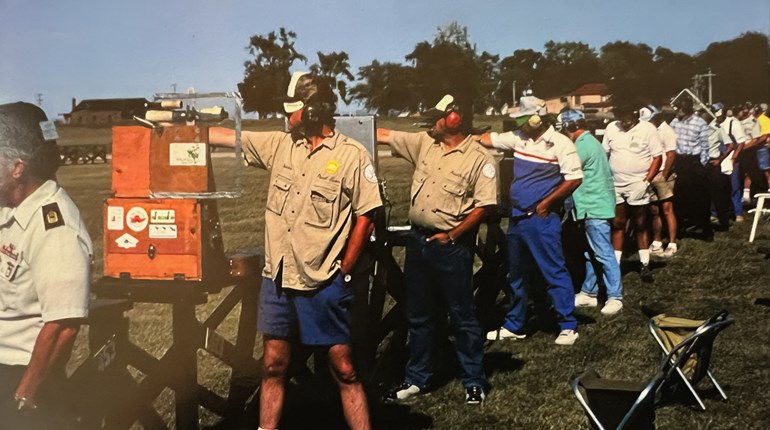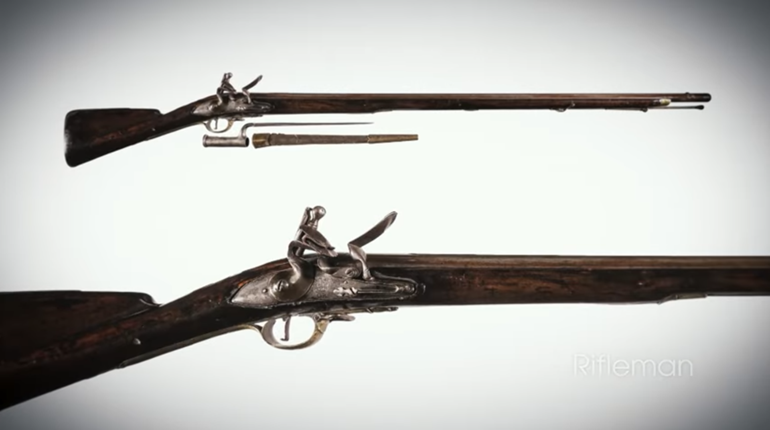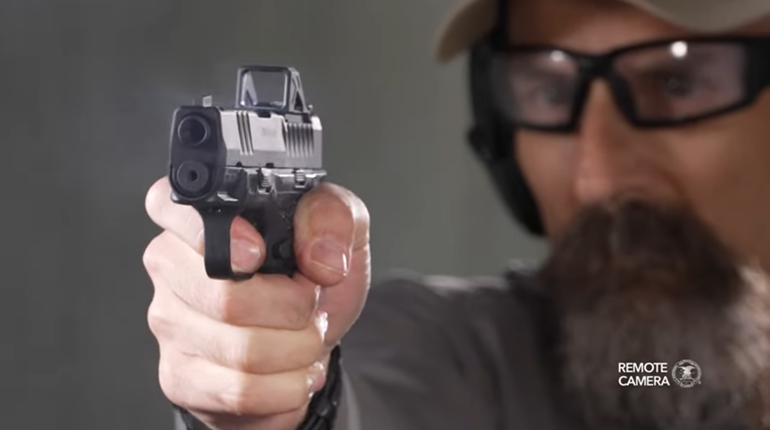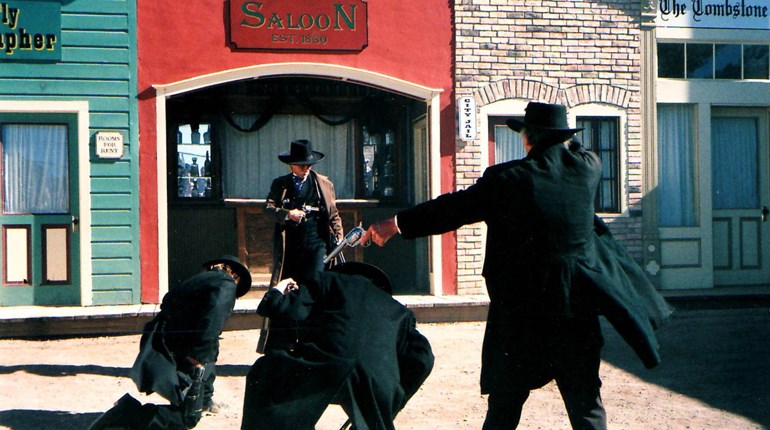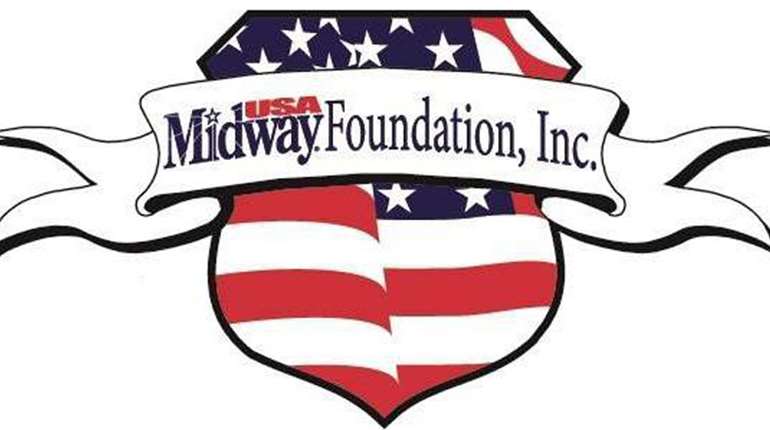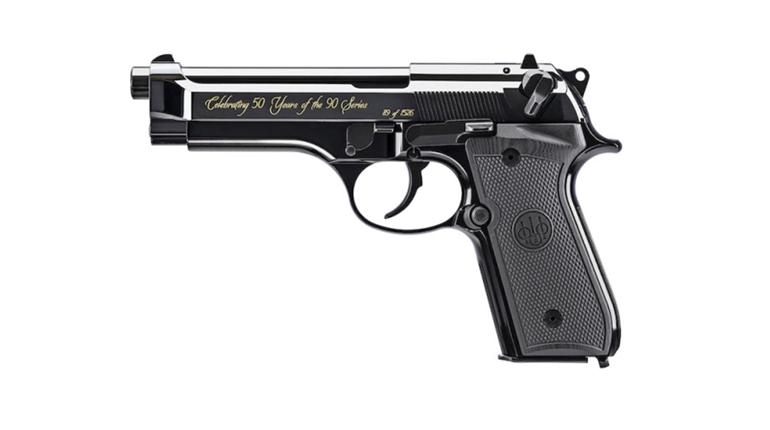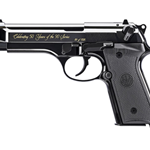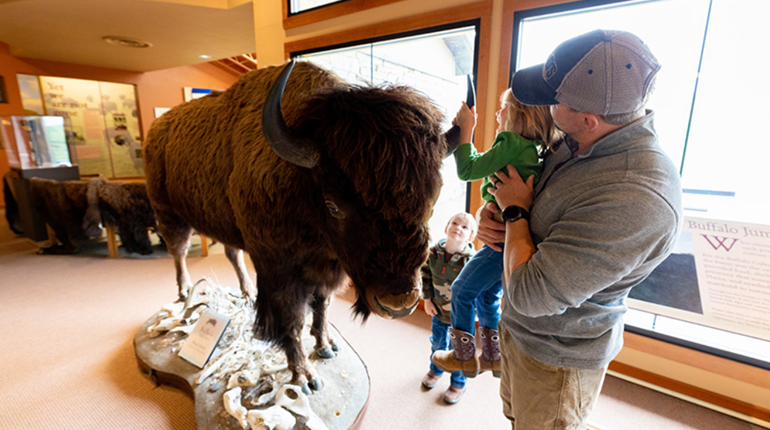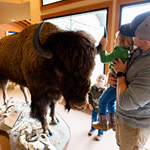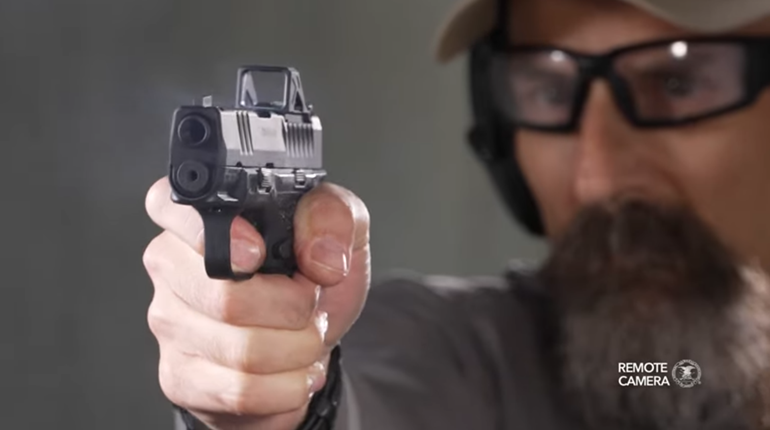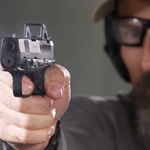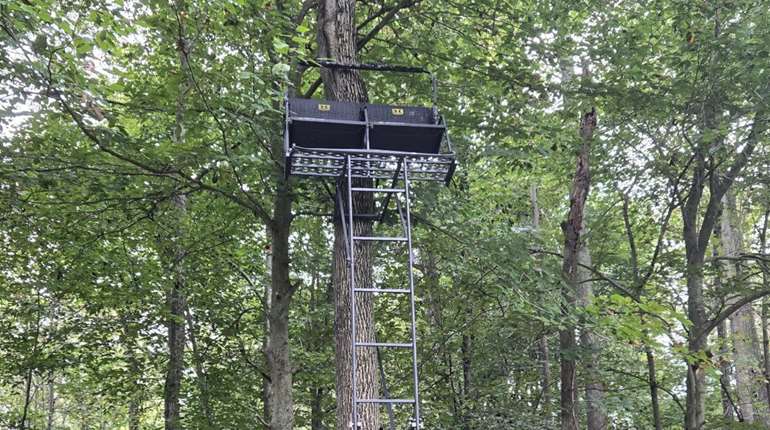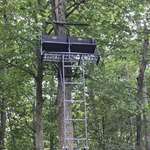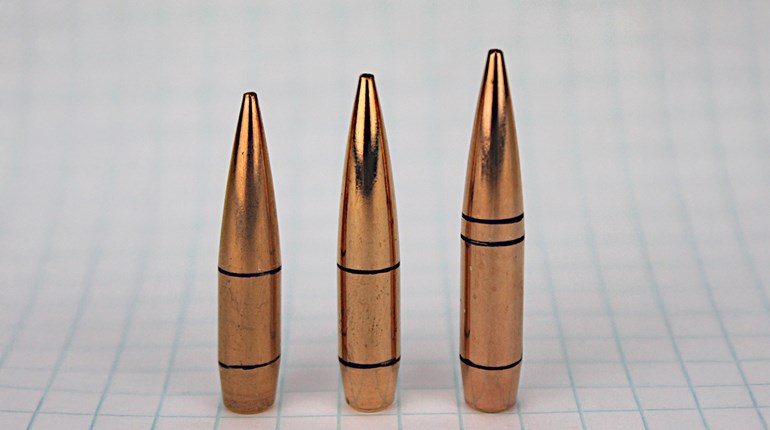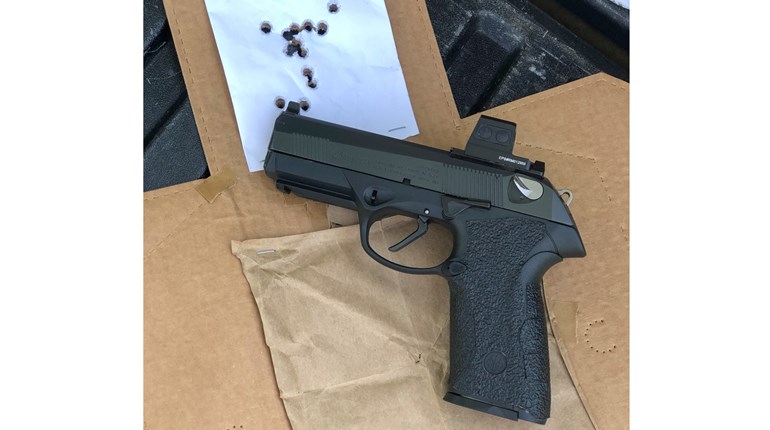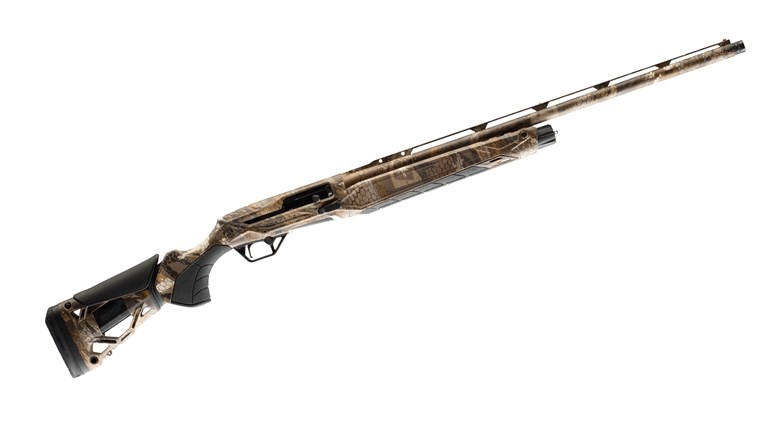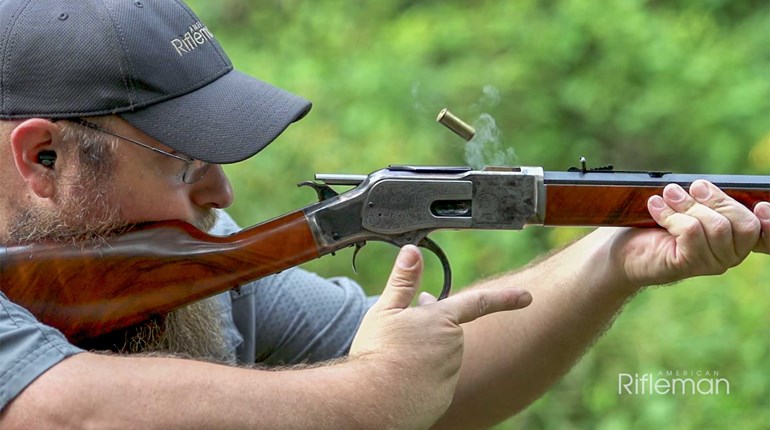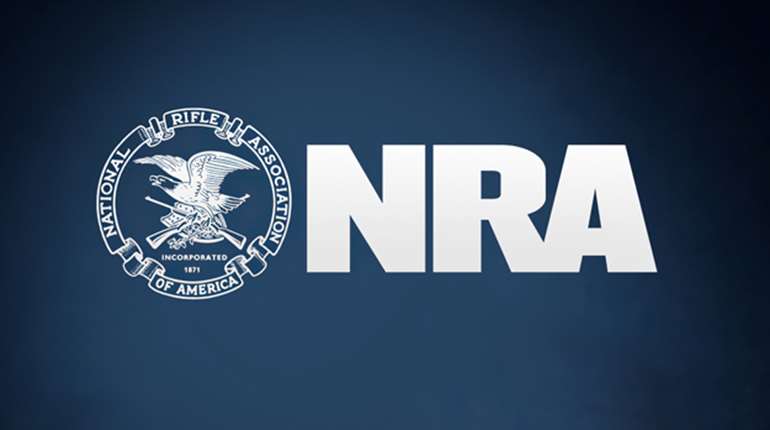What's the long gun that saw the greatest disparity between triumph and tragedy? That's a tough question to answer, but if we're talking about the 18th century, one of the top contenders would have to be the French military musket, commonly called the "Charleville." These flintlock rifles were manufactured in France, and were carried by French troops during the Napoleonic Wars, culminating in the June 1815 Battle of Waterloo. Yes, this is the rifle on which Napoleon Bonaparte's fortunes rose and fell.
"We call them 'Charlevilles' because that's where a lot of early French muskets were made, but they weren't made just at Charleville," American Rifleman Executive Editor Evan Brune said. "These were made at French arsenals at Maubeuge and Mutzig and St. Etienne and Tulle. And so when we say 'Charleville,' we're describing an entire class of arms made at a range of manufactories across France. But the name 'Charleville' stuck because of our experience with these guns in the American Revolution."
In this excellent video from our friends at American Rifleman TV, you'll learn all about the Charleville musket, and the place it assumed in the annals of victory and defeat in Europe. For all-new episodes of ARTV, tune in Wednesday nights to Outdoor Channel 8:30 p.m. and 11:30 p.m. EST.

